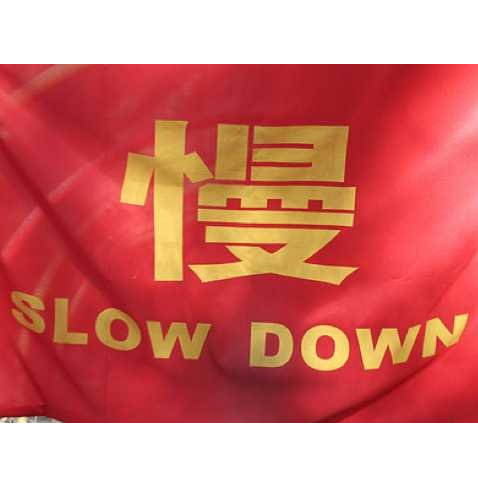
The FT has a neat article capturing my recent discussions around China today:
When China suffered a sharp cash crunch in June, many analysts and investors concluded that Beijing was ready to tolerate the “short-term pain” of slowing growth as it pushed through reforms to obtain the “long-term gain” of a better-balanced economy.
Yet with China cruising through the second half of 2013 with barely a bump on its economic road, a debate has begun about just how much pain is necessary after all. Can the Communist party implement an ambitious financial reform agenda and transform the country’s economic model at the same time as keeping growth chugging along at a rapid clip?
That was the view put forward this week by the China Securities Journal, an official financial newspaper. “Prioritising reforms over growth does not signify acceptance of a ‘hard landing’,” it wrote in an article that drew much attention.
“Policies to stabilise growth can be used in the short term to mitigate the economy’s downside pressure. There is a high possibility that the economy’s growth target will again be set at 7.5 per cent,” it said.
Phewy. This is double speak. You’re simply not rebalancing away from fixed asset investment if you’re using “short term policies” – that is infrastructure builds – to support growth. The article quotes a couple of economists that don’t get this basic point but concludes with basic sense:
Even if China’s strong growth momentum runs into the start of 2014, Beijing faces a tall order if it is to eliminate excess capacity in heavy industry, deflate a property bubble and rein in government debt, all while contending with an ageing population.
“Personally I don’t think it’s realistic to think that you can both implement these reforms and sustain high-speed growth. The risks come from the growth pattern behind this high-speed growth,” says Zhu Ning, deputy director of the Shanghai Advanced Institute of Finance.
“To switch the growth model and address the risks, you’ll have to siphon off the excess liquidity from the system and that process cannot be comfortable.”
Exactly right. The only thing the China Securities Journal article tells us is that the reformist government may not be so reformist at all and as such the risks of a future Chinese hard landing commensurately rise.

